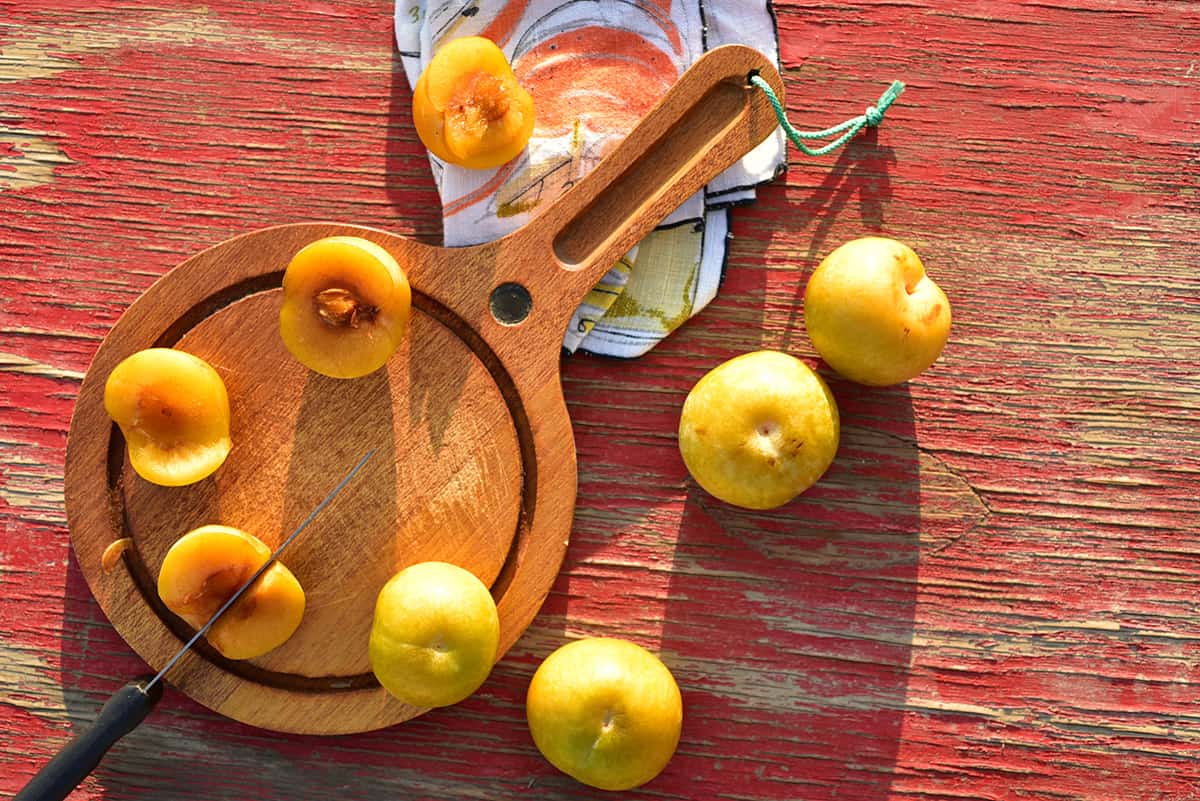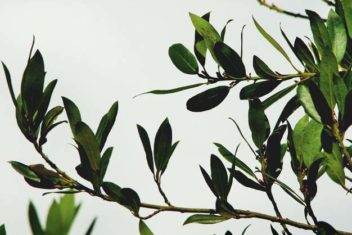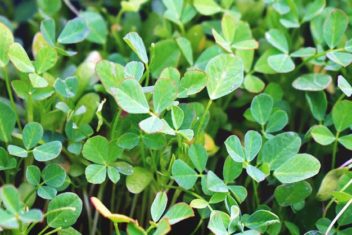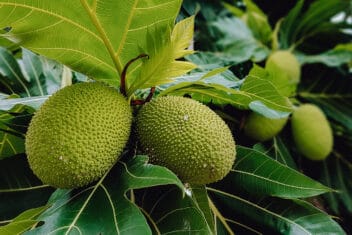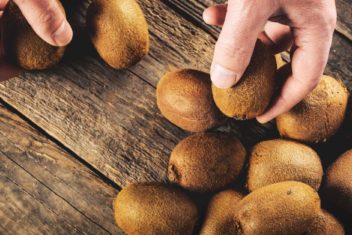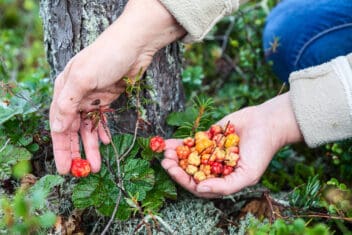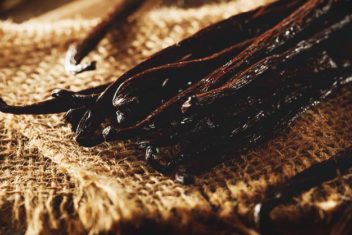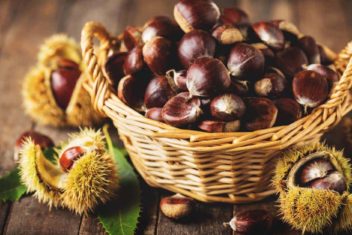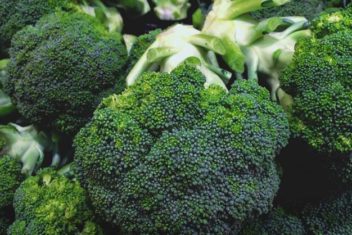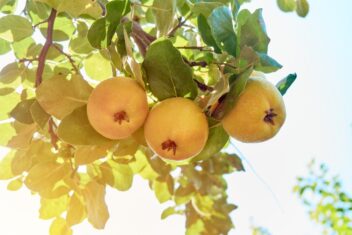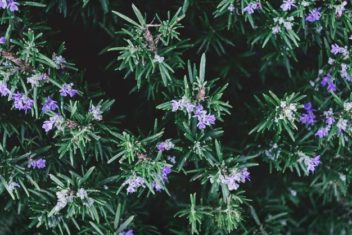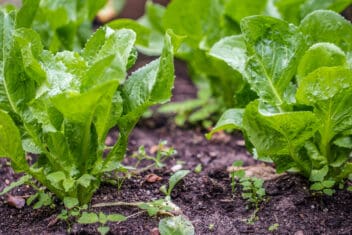I love it when clever gardeners combinethe best parts of two different fruits to produce something amazing. One of my favorite fruit hybrids (besides lemonades) is aprium. If you’ve never heard of it, an aprium is a mix between an apricot and a plum. They’re hard to find at grocery stores, but apriums are delicious and definitely worth growing.
You might see them at farmer’s markets and specialty stores in the spring and early summer, but there’s no need to buy them when you can grow your own. Unlike many fruit trees, apriums will provide a harvest for you in as little as three years.
I highly recommend you add aprium to your orchard or garden. You won’t regret it when you bite into this sweet fruit.
What is Aprium?
Apriums (Prunus aprium) are what are known as complex hybrids, meaning they’ve had multiple generations of breeding, rather than just being crossbred one time. Although they are a hybrid between an apricot and a plum (Prunus armeniaca x Prunus salicina), apriums are more like an apricot in look and texture.
Apriums were developed starting in the 80s by Floyd Zaiger of Zaiger Genetics. Created in California by way of hand pollination, they’re juicy and sweet like a plum with a golden exterior. The fruits have a high sugar content and a luscious texture to the flesh, similar to apricots.
You might be wondering how an aprium differs from a pluot or a plumcot. It can be a bit confusing since they’re all crosses between an apricot and a plum.
A plumcot is a 50:50 cross between an apricot and a plum, a pluot is more plum than apricot, while an aprium has more characteristics of an apricot than a plum. Proportionally, you could say apriums are 75% apricot and 25% plum in their looks and flavor.
Varieties of Aprium
There are many varieties of aprium, so look around your local nurseries for good options to try growing. If a friendly neighbor has an aprium tree, you could ask for a cutting to grow one of your own from. Thank them by baking them some aprium tarts.
In addition to the cultivars below, there is also ‘Honey Rich,’ ‘Tasty Rich,’ ‘Bella Sweet’ and many more.
Cot-n-Candy
This is a very sweet and juicy aprium. It’s white-fleshed and although it looks like an apricot, it has a sweet plum flavor. Choose this variety if you live in an area with mild winters. It is a semi-dwarf so suits any size yard.
Leah-Cot
Leah-Cot is a little larger than Cot-n-Candy and has orange skin and flesh. Of all apriums, this is one of the most reliable producers.
Flavor Delight
Considered by many to be one of the best-flavored apriums, this variety is perfect for an early-season sweet treat because it blooms and fruits early. Just be cautious if you live in an area with frequent late frosts. This one might not be your best choice.
Summer Delight
This variety is a bit less fuzzy than the others, so if you prefer smoother skin this is a good option. It’s ready for harvest around late July to early August.
Flavorella
This variety was created using a Santa Rosa plum, which gives it a firm and juicy flesh. The skin is slightly tart, but it’s pleasantly offset by the sweet flesh.
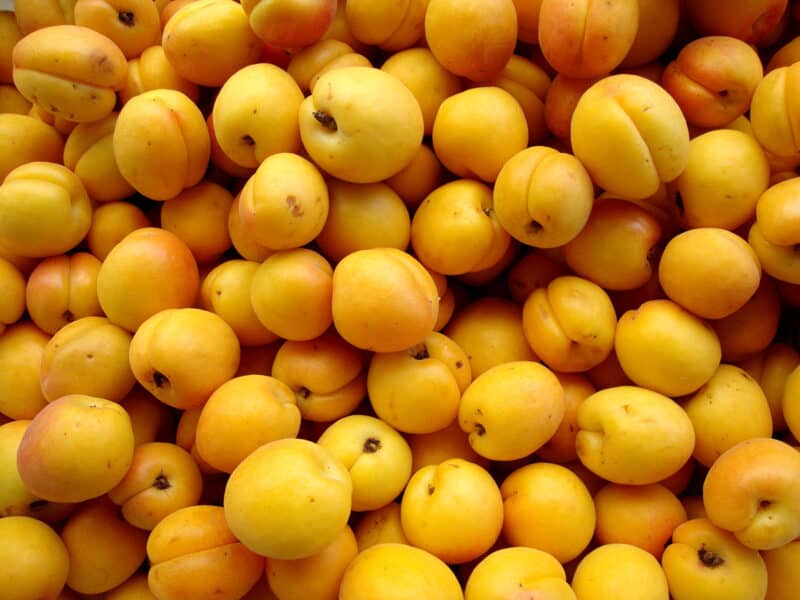
How to Plant Aprium
Apriums are relatively unfussy and in the right climate, growing them requires little extra effort.
You’ll need at least two apriums for the best results, though many varieties can fruit on their own. It all depends on the particular cultivar, so take note when selecting your trees.
They like warm springs and summers. Hardy in zones 7 to 10, they need full sun and require around 300 to 500 hours of chilling with temperatures below 45ºF.
A loamy soil rich in organic nutrients is needed. It should be well-draining with a neutral pH at about 6.5 to 7.5.
Plant in a location where the aprium is sheltered from wind but still gets full sun. In very hot areas, afternoon shade is okay.
To plant a seedling, dig a hole three times the width of the root ball and one and a half times the height. Settle the plant in the hole and fill in around with soil mixed with well-rotted compost. Tamp down and water well. Keep the siol moist but not wet. These plants require good drainage.
Propagating Apriums
You can grow fruit trees from a seed or cutting, but seeds are unpredictable and usually slow. A tree might not grow true from seed, either, depending on the variety.
That’s why most people either buy their trees or take cuttings. To take a cutting, use the following steps:
- Take a cutting that has about four leaf axils.
- Keep the leaves at the top of the cutting, but remove the lower leaves.
- Make the cutting on an angle. This is known as cutting at a bias.
- Dip the end in rooting hormone and push at least halfway deep into a pot of clean seed raising mix.
- Water well and keep the cutting in a spot with partial sun.
- Keep it warm during the winter by bringing it inside, if necessary.
Growing apriums from a pit is quite hard and takes a long time. Here’s one method to try:
- After eating your aprium, clean the pit and soak it in water for 24 hours.
- Place in a small bundle of wet paper towels and place this in a plastic ziplock bag or similar.
- Put this in the refrigerator for 1 month minimum.
- Remove the seed and plant it in good quality seed raising mix.
- Keep on a windowsill in filtered sunlight and keep the medium moist.
- Over time you will see germination. It may be quick, or it may take a while so be patient.
Caring for Aprium
Treat your aprium trees to fertilizer targeted at fruit trees in late winter, mid-spring and in the summer when fruiting has started.
In times of dry weather, water once a week deeply. When it’s not dry, just make sure the soil remains moist, especially in the first year.
Prune regularly to encourage fruiting and prevent disease. This video shows you how to prune an apricot. The process is the same for apriums:
Companion Planting for Growing Aprium
Don’t try growing capsicums near apriums. They are prone to a fungus that can affect aprium trees as well.
Plant with:
- Tansy
- Basil
- Chives
- Parsley
- Borage
- Comfrey
Common Problems and Solutions for Growing Aprium
Unsurprisngly, apriums suffer from many of the same issues that apricots and plums do.
Leaf-Footed Bug
These bugs are often a problem after mild winters. They pierce the fruit and suck out the sweet juice. Pick up all rotting fruit under the tree and remove any fruit that is rotting on the tree.
A cold winter will kill the eggs of this pest.
Silver Leaf
This is a serious fungal disease caused by the pathogen Chondrostereum purpureum. Signs of infection include a silvery color or sheen to the leaves and darkening bark. Next, the branches start to die back. Eventually, the tree will die if the disease is left unchecked.
To avoid silver leaf ensure you feed the aprium regularly and don’t allow it to become stressed in dry weather. Don’t over-fertilize.
If some of the foliage has a silvery sheen, the tree may get over it on its own. If all the foliage is silver and the wood dark, it’s likely even the roots are infected. Remove and burn the tree.
Keep in mind that drought and cold weather can also cause silver leaves, so look for the dark bark to be sure it’s this disease and not false silver leaf.
Japanese Beetles
These pests destroy a lot of foliage in a short period of time. Check out our article on Japanese Beetles and how to control them.
Bacterial Canker
Bacterial canker is a common problem on many plants. You may see dark sores at the base of buds and along parts of branches and the trunk. You often see gum seeping from the wounds.
In bad cases, the tree may suddenly die.
Try a copper fungicide at the first sign of leaf drop and practice good hygiene when pruning. That means cleaning your tools and making sure they are sharp before cutting.
Eutypa Dieback
If your aprium suddenly wilts in late spring or early summer, you may have this issue. The bark will become discolored and look decidedly unhealthy.
Prune this disease out by removing all affected branches, removing at least one foot of healthy tissue past the symptoms.
Brown Rot
Otherwise known as ripe-fruit-rot, this is an annoying disease that sneaks up on you late in the season when you think your harvest has escaped any major issues.
Water-soaked lesions that are brown and sunken appear on the fruits and spread rapidly. Ripe fruit rots on the tree.
Remove all infected fruit and clear any debris away from the base of the tree. Some fungicides can be useful to prevent the disease from future seasons, so check what is available in your area.
Harvesting and Using Aprium
To harvest, pluck the fruits once they have reached their mature color and have a slight give to them. Don’t wait until the apriums are soft on the tree. Pick them when they are still a little firm and ripen them in a paper bag. That way, you won’t have to share your harvest with birds and mammals.
You can eat them fresh, sliced in salads, in cobblers and pies, make jams, add them to breads, pancakes, and waffles.
This is a wonderfully sweet fruit, so enjoy the taste of summer in your backyard.
